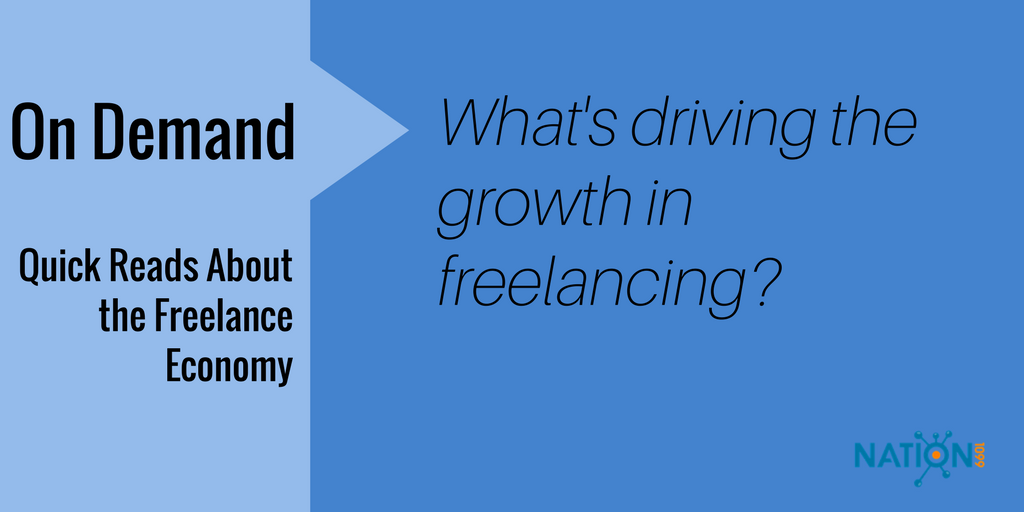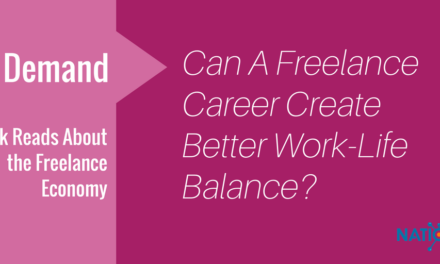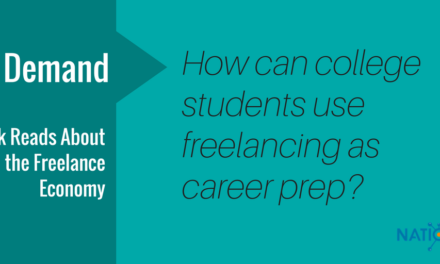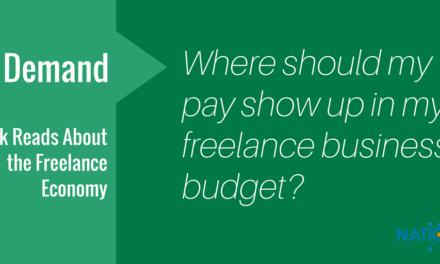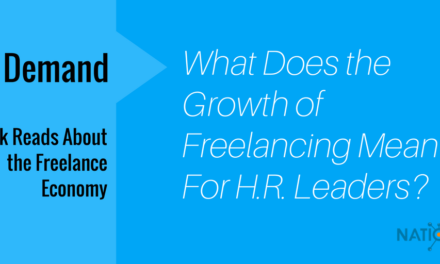The big trend happening to the workforce generally is the growth in freelancing as a career choice. More than 11 percent of all workers in the U.S. are full-time freelance. That group has doubled in the last ten years and the growth projections are 3.5 percent per year.
When you look at the data about freelance growth, two observations emerge.
- Technology is releasing a pent-up demand for different ways of working.
- They come to freelancing for the lifestyle.
- They stay for the money.
More than 80 percent of full-time freelancers say they strongly prefer this way of working and more than half say they won’t go back to traditional W-2 roles at any price. The days of independent contractors being “between jobs” or pushed unwillingly into freelancing by a tough job market are over. Skilled professionals are choosing careers based on selling their skills on a project basis.
Some freelancers are bitten by the entrepreneurial bug and want to build a business. But most stumble into because they are fleeing a lifestyle they don’t want anymore. Gig economy thought leader Diane Mulcahy talks about how work is a form of “buying a lifestyle,” and many W-2 workers are deciding the costs of that lifestyle are too high.
Consider these stats:
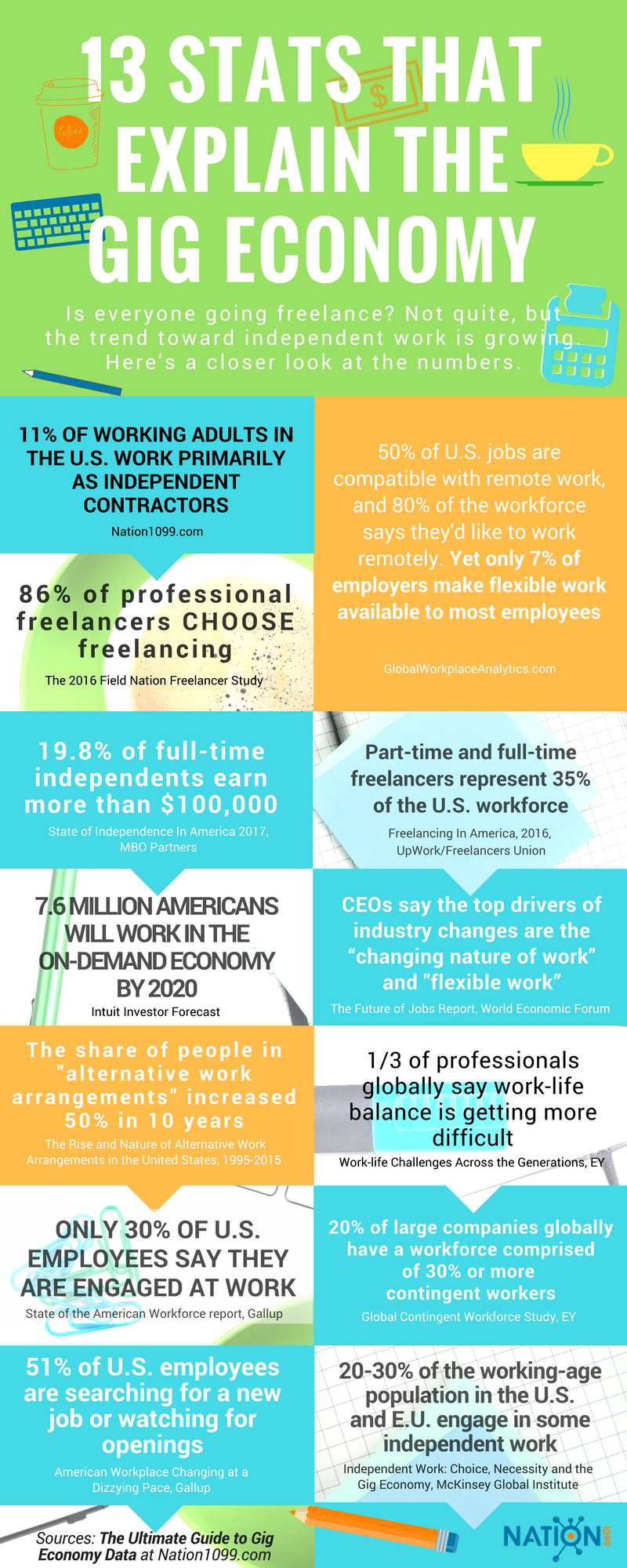
Contact us to get a copy of this gig economy data infographic.
- Only 30 percent of W-2 workers say they are engaged at work.
- 24 percent of professional-role workers say they would take a pay cut to work remotely.
- Only seven percent of U.S. companies offer flexible work arrangements to most employees.
- 70 percent of working parents say they have thought about leaving a job because of work/life balance issues.
- 69 percent of millennials say they wish they had chosen a career with better work/life balance.
Employers seem to be doing everything they can to drive the growth in freelancing by driving their employees away.
In short, the first generation of Nation1099 are refugees from work. But watch what happens with the next generation. They are likely to be “freelance native.”
Technology is enabling the growth in freelancing. Naturally, better video conferencing and other communication and project management tools make remote work more possible.
And the rise of the online two-sided marketplace has made it incredibly easy for freeelancers and clients to find one another. That has enabled the growth of the client pool itself to include individuals. You don’t have to be an “employer” to hire a freelancer.
Many freelancers may be discouraged by some of the original marketplace websites that had too much competition, scammy clients and very low hourly rates. But specialized niche websites for consultants and other other highly skilled experts are emerging. These match serious professionals with serious clients so that people can find better gigs.
Lastly, freelancers are finding that they can make more money on a solo basis than in W-2 roles if they are strategic, thoughtful and creative about it. It can be precarious, but among highly skilled professional freelancers, 20 percent report making more than $100,000 per year and most in the U.S. make more than the median household income.
Technology also means that freelancers can diversify their income beyond direct services by selling products or through speaking fees and teaching. In fact, many freelancers have such diverse income sources that they don’t even consider themselves freelancers.
Check out the interviews on this site, and you’ll see a wide variety of ways that independent workers characterize their businesses.

